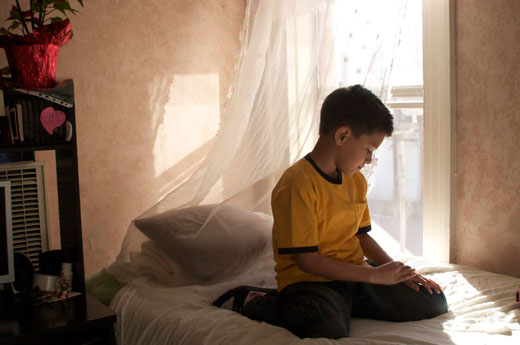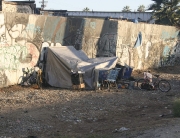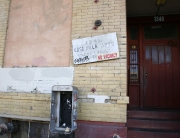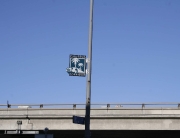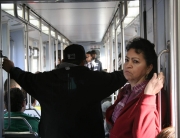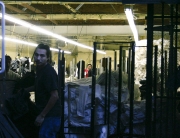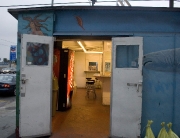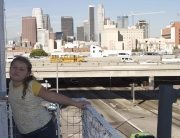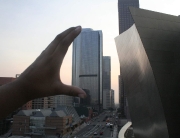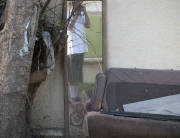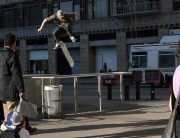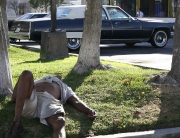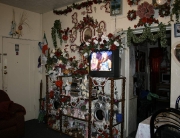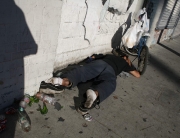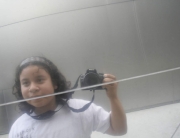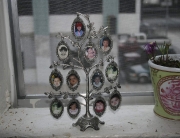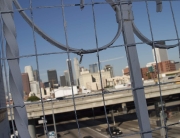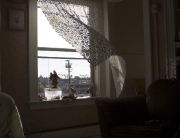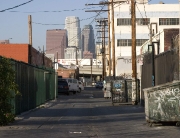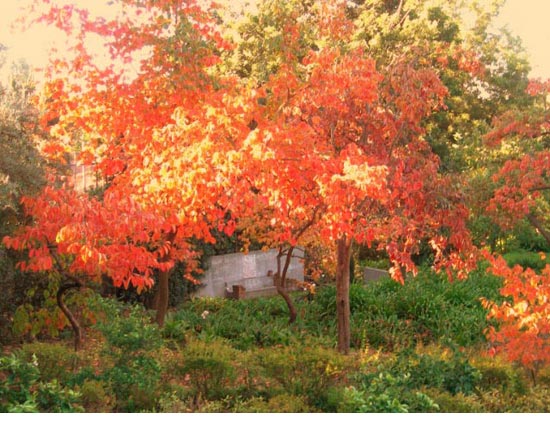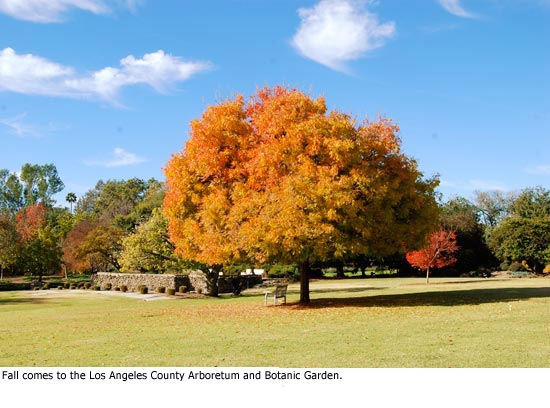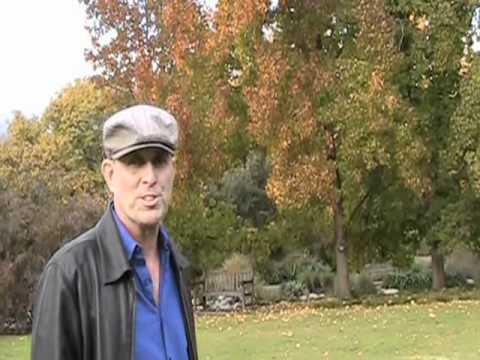A hike with a view
For more than a quarter-century, Southern California hikers have dreamed of a trail that would offer the mother of all vistas, a 32-mile ocean-view trek between Topanga Canyon and Point Mugu.
Backpackers could, say, hike up the coast, uninterrupted by “No Trespassing” signs and fences, enjoying an ocean breeze while treading through virgin chaparral and fragrant canyons. At night, they could pitch a tent on a Malibu bluff and awaken at dawn with the blue Pacific heaving and roaring below.
The Coastal Slope Trail has been part of the Los Angeles County Trails Master Plan since the early 1980s, with occasional controversy and little progress. But now, bit by bit, the dream is coming true, despite some continuing dust-ups along the way.
Late last year, the California Coastal Commission approved a plan that included the trail, restrooms, parking and the first-ever public camping within the Malibu city limits, approval of which has been challenged by the city and a homeowner’s group. And just this month, the Mountains Recreation and Conservation Authority—a joint powers authority that includes the Santa Monica Mountains Conservancy and a number of park districts—announced the acquisition of several pieces of land along the Carbon Canyon section of the proposed trail site.
The acquisitions, north of Malibu, will not only mark the first public open space in Carbon Canyon, but will begin to connect the disparate parks and public lands that now dot the Los Angeles County coastline like gems in a half-made necklace.
So far, the acquisitions represent only eight of the roughly hundred parcels needed to bring the trail to completion. But Paul Edelman, the authority’s chief of natural resources and planning, says they’re “a significant momentum gainer.”
The authority, he says, is poised to acquire up to eight more properties along the trail in 2011, and is hoping to finish most of the Los Angeles County portion within the next couple of years if funding and public support hold steady. To date, Edelman says, 64% of the property needed to accommodate the Slope Trail is in public hands.
The completed trail would link at least 15 distinct public spaces, ranging in size from 15,000 acres to two acres. They include the state parks at Topanga, Malibu Creek, Leo Carrillo and Point Mugu, as well as the City of Malibu’s Charmlee Park.
“People like to go to these areas—there’s a real pent-up demand,” says Edelman. But hiking from one to another is next to impossible. Some spots are fenced off; others are too steep and rugged even if hikers were daring enough to trespass.
But with the generosity of some landowners and the help of Proposition A park and open space funds, the land between them is being appraised, acquired and turned into connective tissue. “This will be the public’s chance to access these areas without having to tramp through private property or tick-infested bushes,” Edelman says.
The largest gap right now, he said, is a steep, 4-mile stretch between Point Mugu and Leo Carrillo state parks that’s owned by the Mansdorf Family Trust, which grew from the storied estate of an aviation entrepreneur. The smallest is a quarter-mile gap between Solstice and Latigo Canyons that for decades was used as a horse trail, but is now fenced. It is owned by the famed U2 lead guitarist The Edge.
No easements have been offered through either of those parcels, Edelman says.
In Carbon Canyon, where much of the land near the trail is too steep, rugged and fire-prone to be useful, Edelman said a dentist from Northern California donated a 2.5-acre parcel of chaparral, and a “former Fortune 500 guy who wanted to remain anonymous” donated the 3-acre plot next door. A third property owner agreed to sell the authority an adjacent easement for $480,000. “The guy was British and had an understanding of the importance of public land,” says Edelman. “He had this sense of duty to make sure there was a public right of way.”
That stretch of land, he says, will now be the start of a bridge between Tuna Canyon Park and Sweetwater Mesa, where the authority has a 24-acre plot.
“People don’t even think about what will be visible when we finish this project,” says Edelman. “The beautiful back ridge line of Carbon Canyon. Some of the coolest rock formations in the Santa Monica Mountains—maybe the coolest. Higher up, you’ll be able to see all the way to Malibu Point, all the islands. Stunning.”
Posted 2/24/11































